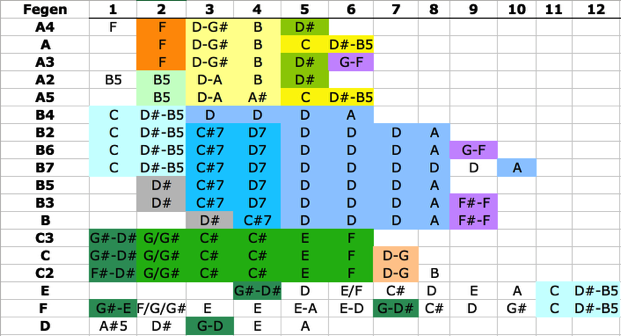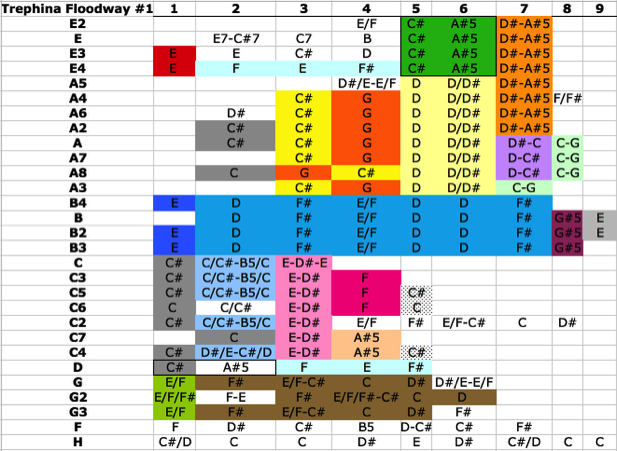AUDIO 28 Chimeric melody: appropriation of a peaceful dove motif followed by
the model.
AUDIO 29 Chimeric melody: appropriation of a peaceful dove motif followed by
the model.
AUDIO 30 Chimeric melody: appropriation of a noisy friarbird motif followed by
the model.
AUDIO 31 Chimeric melody: appropriation of a grey butcherbird motif followed
by the model.
AUDIO 32 Chimeric melody: appropriation of a reversing truck alarm followed
by the model.
AUDIO 33 Six fanfares.
AUDIO 34 Phrases that emphasize octaves.
AUDIO 35 Scalar motion in a pied butcherbird duet.
AUDIO 36 A major chord outlined in the first three notes of a duet.
AUDIO 37 Two phrases boasting Klangfarbenmelodie.
AUDIO 38 A virtuoso's phrases with a kaleidoscope of tonal colors.
AUDIO 39 The timbral riches of a mimicking pied butcherbird.
AUDIO 40 Two one-pitch phrases from different birds.
AUDIO 41 As part of a duet, one individual repeats the first motif four times.
Hollis Taylor at Nelly Bay, Magnetic Island, North Queensland.
AUDIO 42 The harmonic convergence of a pied butcherbird ostinato and
a grey shrike-thrush song.


The combinatorics of a pied butcherbird on Fegen Street, Moorooka (a suburb of Brisbane).
The combinatorics of a pied butcherbird at Trephina Floodway #1, E of Alice Springs, Northern Territory.
In a collaboration with Professor Constance Scharff, she designed a color chart that we developed to assist in the analysis of combinatorial procedures. Beginning each line is a phrase letter: A, B, C, etc. (assigned in order of delivery). To indicate variations, letters each also receive a number: A1, A2, A3, and so on (also assigned in order of delivery). Each note, or each pair of notes in the case of a portamento or a double (or broad spectrum) note, is placed in a box.
Phrases run from left to right. I assume the sixth octave for each note, unless there is a “5” or a “7” after the letter. I then add color, shading, or boxes when two or more areas match. The color charts, a form of distributional analysis, assist me in rearranging the phrases from simple to more complex and in inspecting how the bird is using additive process. (There is no “right” rearrangement, as it could take a number of forms; my goal is to highlight relationships.)
Although I initially intended these charts to assist those unable to read standard notation, I quickly came to see how useful they were to me. They do the heavy lifting when phrase type is not particularly relevant, since they work on the motif and figure level, following how these avian minimalists go about building a large, rich repertoire.